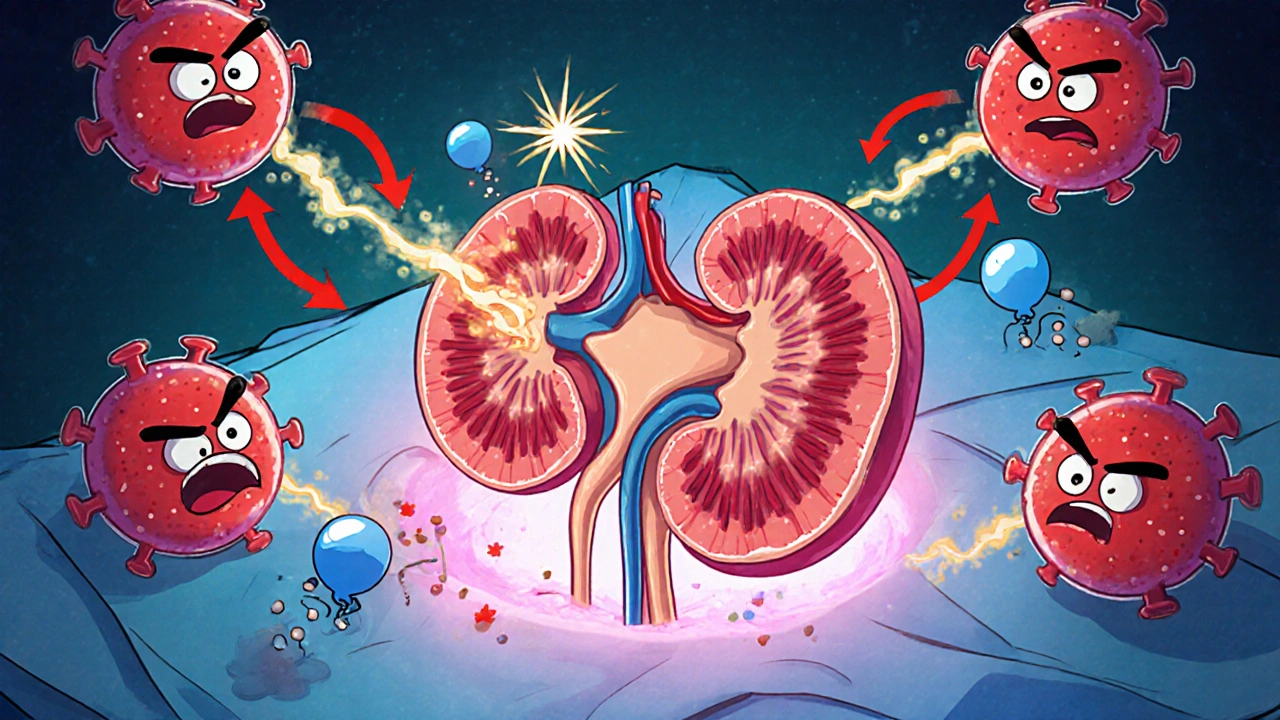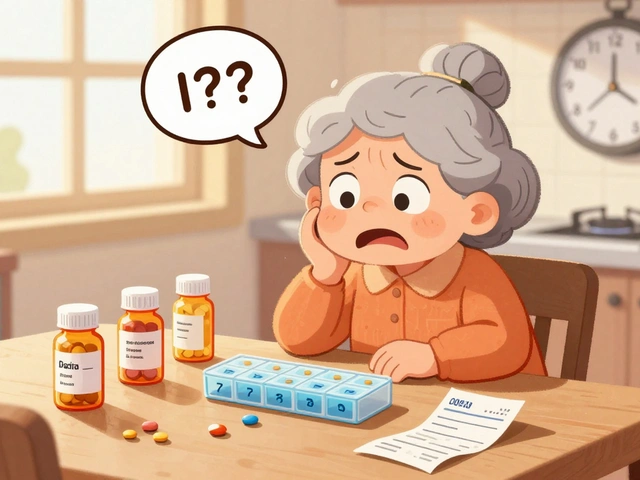Organ Rejection: What It Is and Why It Matters
When talking about Organ Rejection, the body’s immune system attacks a transplanted organ because it sees the new tissue as foreign. Also known as graft rejection, it can happen after kidney, liver, heart or lung transplants and determines the long‑term success of the surgery.
Key Concepts Behind Organ Rejection
Transplantation, the surgical transfer of an organ from donor to recipient sets the stage for rejection. The immune response varies: acute rejection strikes within weeks, chronic rejection builds up over months or years, and hyperacute rejection can appear minutes after the organ is placed. HLA matching, the degree of genetic similarity between donor and recipient heavily influences whether the immune system recognises the graft as “self.” In short, organ rejection requires careful matching and ongoing monitoring; it encompasses several distinct pathways that each need their own strategy.
Management hinges on Immunosuppressive therapy, drugs that dampen the immune response to protect the transplanted organ. Common agents include calcineurin inhibitors, antimetabolites and steroids. The right mix reduces the risk of acute attacks while limiting side‑effects like infection or kidney damage. Doctors also track biomarkers such as donor‑specific antibodies and serum creatinine to catch early signs of trouble. Recent clinical guides compare drugs side‑by‑side—much like the medication reviews on our site—so patients can understand dosing, risks and cost before making decisions.
By now you should see how organ rejection ties together transplantation logistics, genetic compatibility, and targeted drug regimens. Below, you’ll find a curated set of articles that break down each piece in plain language: from drug comparisons for post‑transplant meds to lifestyle tips for staying on track with your therapy. Dive into the collection and pick the insights that match your situation, whether you’re prepping for a transplant or already navigating the recovery phase.
Understanding How Organ Rejection Leads to Post-Transplant Complications
Explore how organ rejection sparks post‑transplant complications, learn the types, risk factors, monitoring tools, and management strategies to protect graft health.
Read More





